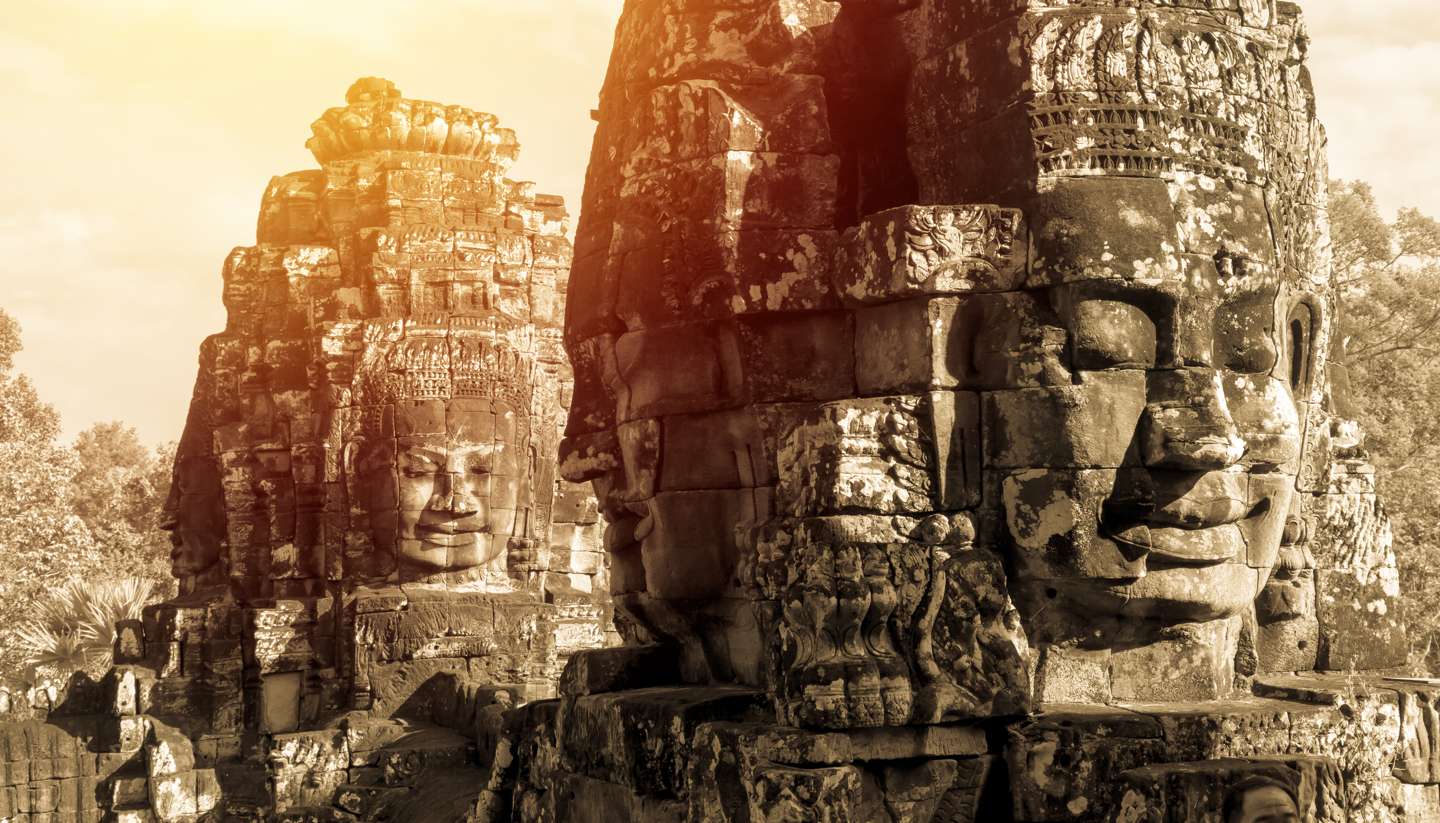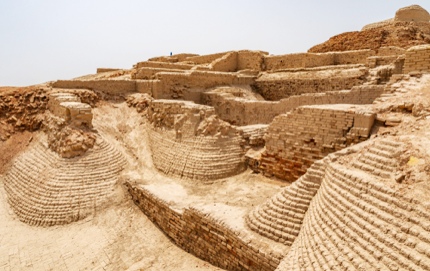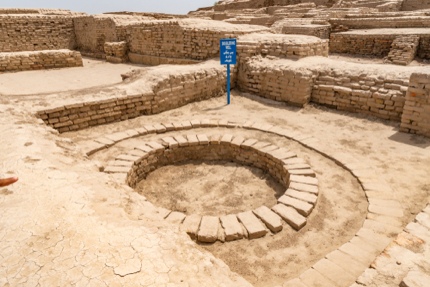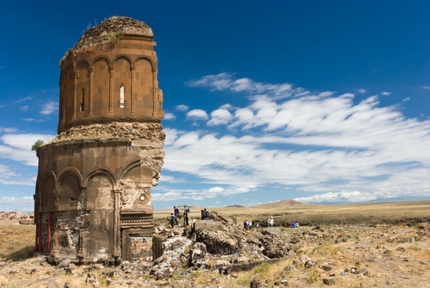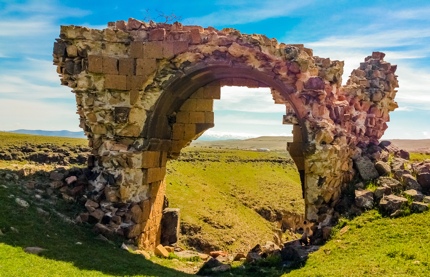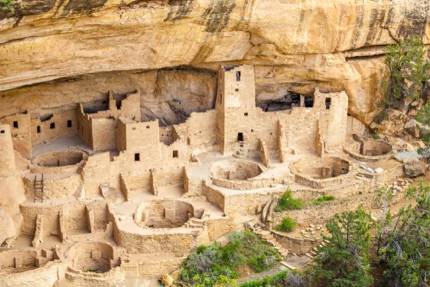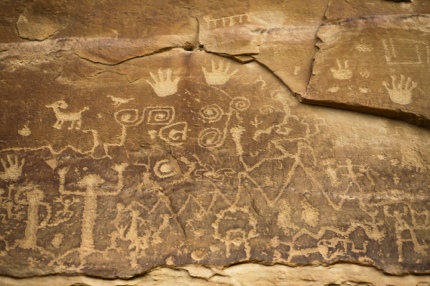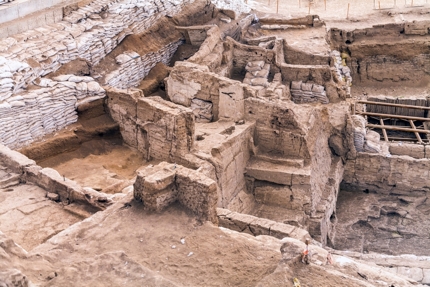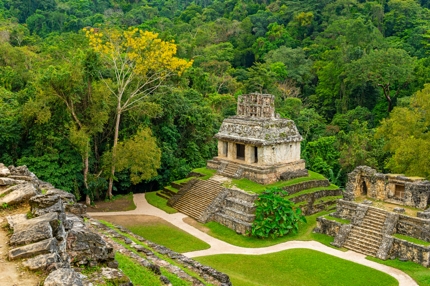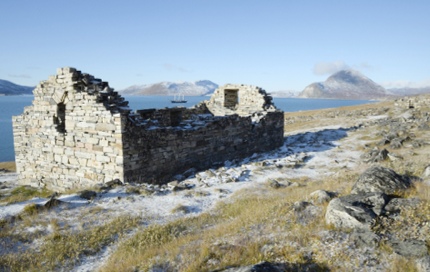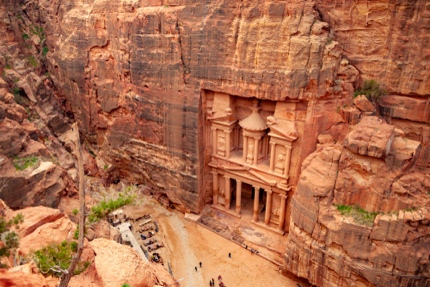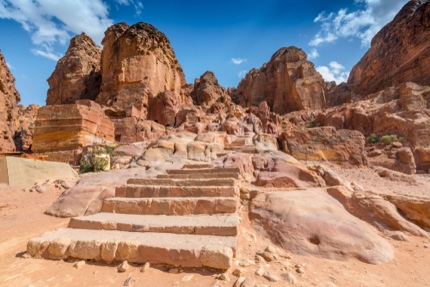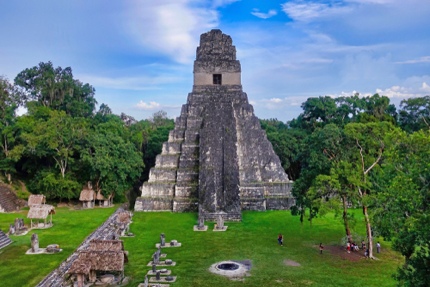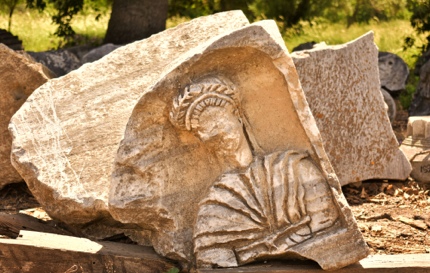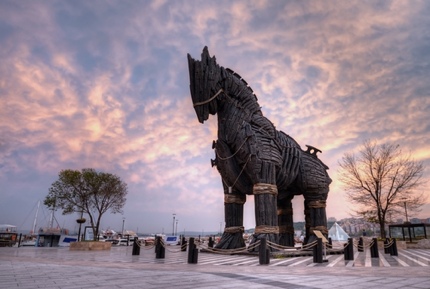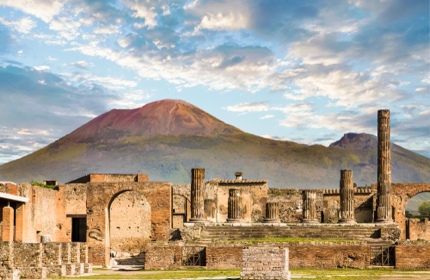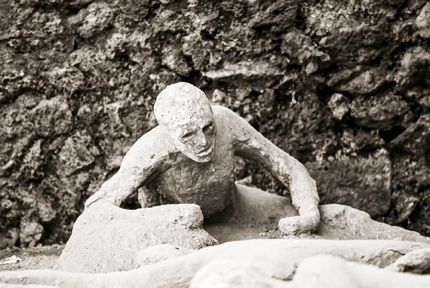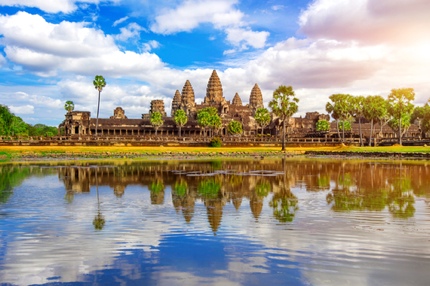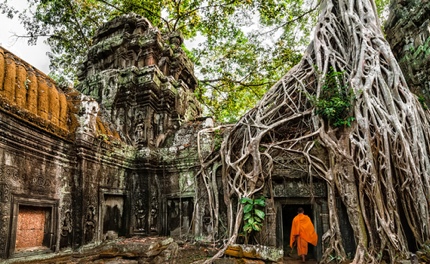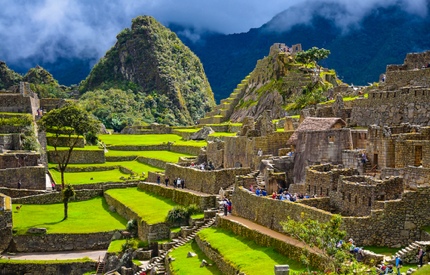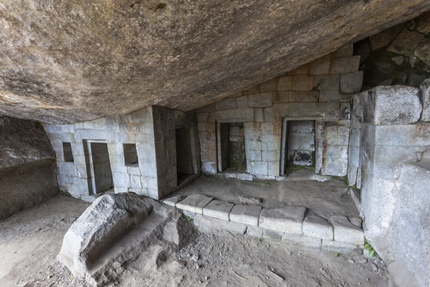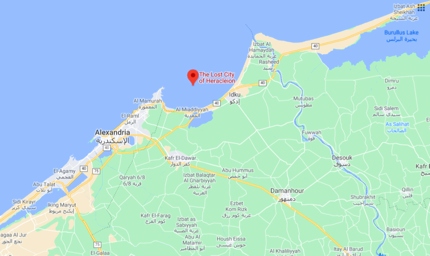Determined archaeologists have helped to uncover ancient lost cities and put them on the map again, and here are our top picks
In 1940, an American explorer named Theodore Morde emerged from the depths of the Honduran rainforest with a startling claim—he had found the legendary White City, more exotically known as the City of the Monkey God. This fabled place, whispered about for centuries, was said to be a paradise of immense wealth. Morde returned to the U.S. with thousands of artefacts, including exquisite ceramic figurines, and vowed to return for a full excavation. But he never got the chance. In 1954, he was found hanging in his room. His death was ruled a suicide, and with him, the precise location of the lost city was buried forever.
That hasn’t stopped people from searching. In 2015, a team supported by National Geographic used cutting-edge LIDAR scanning to uncover evidence of a lost civilisation deep in the jungle of La Mosquitia, Honduras. Douglas Preston, a writer, documented the treacherous expedition in his bestseller The Lost City of the Monkey God: A True Story, recounting the team’s journey through snake-infested terrain and their battles with a flesh-eating parasite.
While this particular lost city remains hidden from public view, many others have been rediscovered—some so dramatically that they feel like portals to a forgotten world. Here are our top picks.
1. Mohenjo-Daro, Pakistan
Mohenjo-Daro, hauntingly translated to “Mound of the Dead Men”, was one of the most advanced cities of the ancient Indus Valley Civilization, built over 4,500 years ago in modern-day Pakistan. Its true name is lost to history, as the Indus script remains undeciphered.
Discovered in 1919–20 by archaeologist R.D. Banerji, Mohenjo-Daro was a revelation. Its sophisticated urban planning, complete with drainage systems, multi-storey buildings, and an apparent lack of military structures, suggests a peaceful and highly organised society. Why it was abandoned remains a mystery, though climate change, shifting river patterns, and possibly even an invasion have been suggested.
2. Ani, Turkey
Once a thriving capital of the Bagratid Armenian Kingdom, Ani is now a haunting landscape of ruins, so much so that a BBC report called it “an abandoned city of ghosts“. Located in a remote corner of northeast Turkey, near the Armenian border, Ani was a flourishing trade hub along a branch of the Silk Road.
Nicknamed the “City of 1,001 Churches“, Ani was adorned with grand religious structures, chapels, and palaces. But its prosperity was short-lived. Over centuries, it suffered relentless attacks—Byzantines, Seljuk Turks, Mongols, and Georgians all took their turn sacking the city. Then, in 1319, a devastating earthquake struck, hastening Ani’s decline. Before long, it was abandoned and forgotten.
3. Mesa Verde National Park, USA
The Ancestral Pueblo people carved their homes into the sheer rock faces of Mesa Verde, present-day Colorado, creating one of North America’s most astonishing ancient sites. For over 700 years, they lived here, tending crops of beans and corn, hunting deer and rabbits, and leaving behind an extraordinary record of daily life.
Then, in the 1200s, something catastrophic happened. Severe droughts, resource depletion, and violent conflict likely forced them to abandon their homes. Evidence even suggests cannibalism—a grim sign of their struggle for survival.
Today, visitors to Mesa Verde National Park can explore some of the 600 cliff dwellings, but access to certain sites is restricted. Be sure to stop at the Visitor and Research Center for maps and guided tour information.
(Note: The term “Anasazi” is considered disrespectful and best avoided. The preferred term is “Ancestral Pueblo people.”)
4. Çatalhöyük, Turkey
One of the oldest cities in the world, Çatalhöyük was a sprawling Neolithic settlement in what is now central Turkey, dating back to 7500 BC. Unlike later cities, it had no streets—people moved around by walking on rooftops and climbing ladders between homes.
Excavations have uncovered vivid murals, religious figurines, and human burials beneath homes, suggesting a deeply spiritual culture. While there were no city walls or palaces, Çatalhöyük thrived for over 1,000 years before being mysteriously abandoned.
5. Palenque, Mexico
Hidden in the dense jungles of Chiapas, Mexico, Palenque is one of the most impressive Mayan ruins, filled with intricate stone carvings, temples, and royal tombs. Unlike larger Mayan cities like Tikal or Chichen Itza, Palenque is known for its exquisite detail and refined architecture.
The city reached its peak between 600 and 800 AD, with the legendary ruler K’inich Janaab’ Pakal leaving behind elaborate inscriptions detailing his lineage and conquests. By 900 AD, however, the city was mysteriously abandoned, swallowed by the jungle for centuries.
6. Hvalsey, Greenland
In the year 985, a Viking strongman named Thorkell Farserk sailed from Iceland to Greenland, staking his claim on a stretch of land along Hvalsey Fjord. For nearly 400 years, his descendants built a thriving Norse settlement, complete with farms, churches, and trading posts.
The last written record from Hvalsey details a wedding in 1408—then, silence. The Norse vanished, their settlements abandoned, their fate a mystery. Some believe they succumbed to climate change, as Greenland’s once-mild conditions worsened during the Little Ice Age. Others suggest conflicts with the Inuit or isolation from European trade spelt their doom.
Whatever happened, their once-prosperous homes fell into ruin, leaving only Hvalsey Church standing against the relentless Arctic winds—a lonely relic of a vanished Viking world.
7. Petra, Jordan
Carved into the rose-coloured cliffs of the Jordanian desert, Petra was one of the most important trade hubs of the ancient world. The Nabataeans, an Arab civilisation, built this extraordinary city around 300 BC, flourishing thanks to the lucrative incense trade routes between Arabia and the Mediterranean.
Lost to the Western world for centuries, it was only rediscovered in 1812 when Swiss explorer Johann Ludwig Burckhardt, disguised as an Arab sheikh, convinced locals to take him there.
Today, Petra remains one of the most breathtaking archaeological sites on Earth, home to towering temples, vast tombs, and the famous Al-Khazneh (Treasury)—featured in Indiana Jones and the Last Crusade.
8. Tikal, Guatemala
The Maya Empire once spanned vast parts of Mexico, Guatemala, Belize, Honduras, and El Salvador, with Tikal standing as one of its greatest cities. Occupied as early as 1000 BC, it reached its zenith between 300 BC and 900 AD, boasting massive pyramid temples, royal palaces, and advanced astronomical observatories.
At its height, Tikal was home to tens of thousands of people and had a thriving trade network stretching as far as Teotihuacan in central Mexico. However, by 900 AD, the city was mysteriously abandoned, swallowed by the jungle for over a millennium. Theories range from drought, warfare, and resource depletion to an internal power collapse.
Today, Tikal’s towering pyramids rise eerily above the rainforest canopy, home to howler monkeys, toucans, and jaguars. It remains one of the most spectacular remnants of Maya civilisation.
9. Troy, Turkey
The city of Troy, immortalised in Homer’s Iliad, was long thought to be a mere legend—until 1870 when German archaeologist Heinrich Schliemann uncovered its remains in present-day Turkey. Excavations revealed nine layers of cities built atop one another, showing that Troy had been continuously occupied for thousands of years.
But was the Trojan Horse real? Most historians believe it was a mythological symbol, though the city did endure a devastating siege around 1200 BC, coinciding with the time of Homer’s tale.
10. Pompeii, Italy
On August 24, 79 AD, Mount Vesuvius erupted with unstoppable fury, burying the Roman city of Pompeii under a thick layer of ash and pumice. The disaster was so sudden that thousands perished instantly, their bodies preserved in haunting detail by the volcanic material.
For over 1,600 years, Pompeii remained entombed, until its rediscovery in 1592. Excavations in the 18th and 19th centuries revealed a snapshot of Roman life frozen in time—from fresco-covered villas to graffiti on the walls, from bread still in ovens to casts of victims caught mid-stride as they tried to flee.
Today, Pompeii is one of the most viscerally powerful archaeological sites in the world, a place where time stands still and history whispers from the ruins.
11. Angkor Wat, Cambodia
A lost metropolis hidden in the Cambodian jungle, Angkor was the glorious capital of the Khmer Empire, peaking in the 12th century. Its most famous temple, Angkor Wat, was originally dedicated to Hindu deities but later became a Buddhist sanctuary.
At its height, Angkor was likely the largest city in the world, home to hundreds of thousands of people, connected by an intricate water system of reservoirs and canals. However, by the 15th century, the Khmer Empire collapsed, and Angkor faded into legend.
French explorer Henri Mouhot stumbled upon its ruins in 1860, igniting Western fascination with the site. Today, Angkor remains one of the world’s greatest archaeological wonders, with new discoveries still emerging—like the remains of an ancient pool hidden beneath the jungle floor.
12. Machu Picchu, Peru
Perched at 2,430 metres (7,972 feet) in the Andes Mountains, Machu Picchu is the most iconic remnant of the Inca Empire. Built in the 15th century as a possible royal estate or religious sanctuary, it was mysteriously abandoned after the Spanish conquest, though the Spanish never actually found it.
For centuries, locals knew of its existence, but it remained unknown to the outside world until 1911 when American explorer Hiram Bingham was led there by a local farmer while searching for Vilcabamba, the legendary last refuge of the Incas. Bingham mistakenly believed Machu Picchu was Vilcabamba, a theory that was disproven only in 1964.
Now a UNESCO World Heritage Site, Machu Picchu faces threats from over-tourism, with visitor numbers carefully controlled. If you prefer to explore without the crowds, you can take a virtual trip offered by the Machu Picchu Museum.
13. Thonis-Heracleion, Egypt
For over a thousand years, Thonis-Heracleion was thought to be a legend—until 2000, when underwater archaeologist Franck Goddio led a groundbreaking expedition to Aboukir Bay, off the coast of Egypt. Using advanced sonar technology, his team uncovered colossal statues, the remains of massive temple complexes, gold coins, and even ancient shipwrecks, all astonishingly well-preserved beneath the seabed.
Among the most remarkable finds were the ruins of the grand Temple of Amun-Gereb, where pharaohs once performed sacred rituals. A 4.9-metre (16-foot) tall statue of the god Hapi—a symbol of fertility and abundance—was recovered, along with stone slabs inscribed in both Greek and Egyptian, confirming Thonis-Heracleion’s dual identity as both an Egyptian religious centre and a Greek trading gateway.
But the city’s mysteries are far from fully uncovered. Goddio estimates that only 5% of Thonis-Heracleion has been excavated, leaving vast sections of this sunken world still untouched beneath the waves.
These lost cities, whether buried in deserts, jungles, or the sea, remind us of the fragility and brilliance of human civilisation. Which one fascinates you the most?
This article was updated in February 2025.
